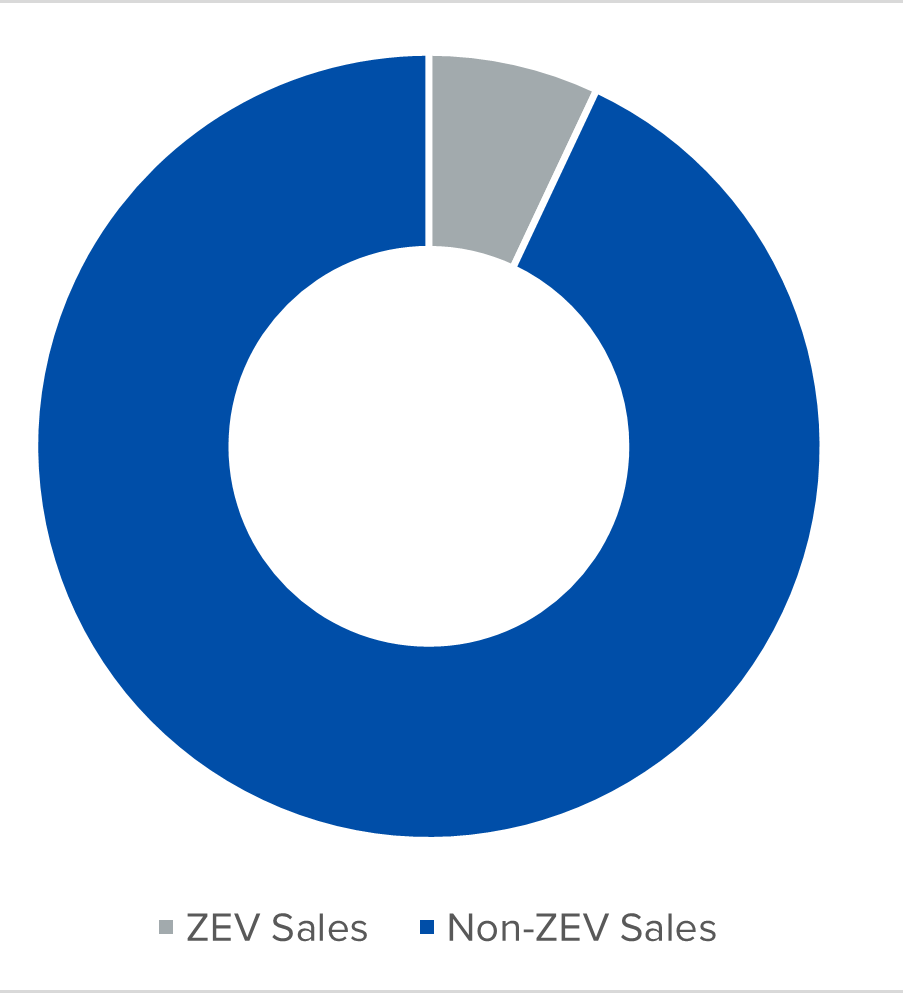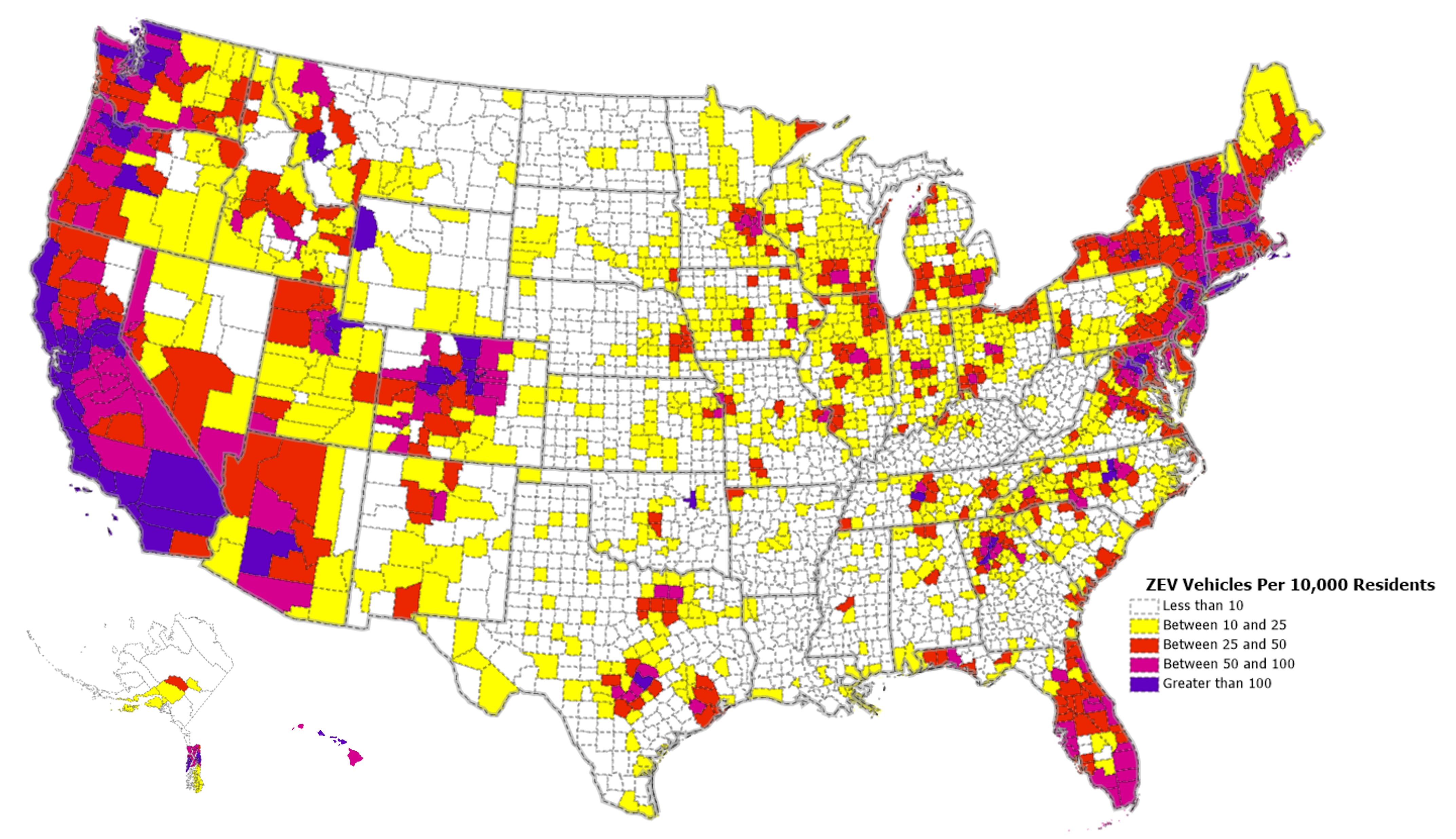More than 110 models of plug-in hybrid (PHEV), fully electric (BEV), and fuel cell electric vehicles (FCEV) are available now to consumers — and more are on the way. Over 150 models are expected to be on the market by 2026. Automakers are providing our customers with record-breaking choice in energy-efficient models, while also providing even safer, more environmentally friendly, affordable vehicles.
The automotive industry is investing more than $1.2 trillion by 2030 in its commitment to vehicle electrification. Electric vehicles (EVs) are an important part of our mission, both in the U.S. and around the world.


